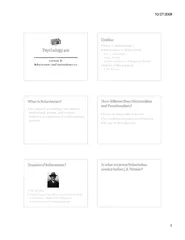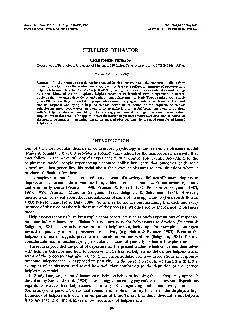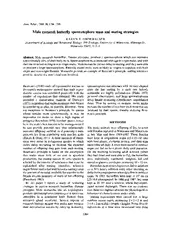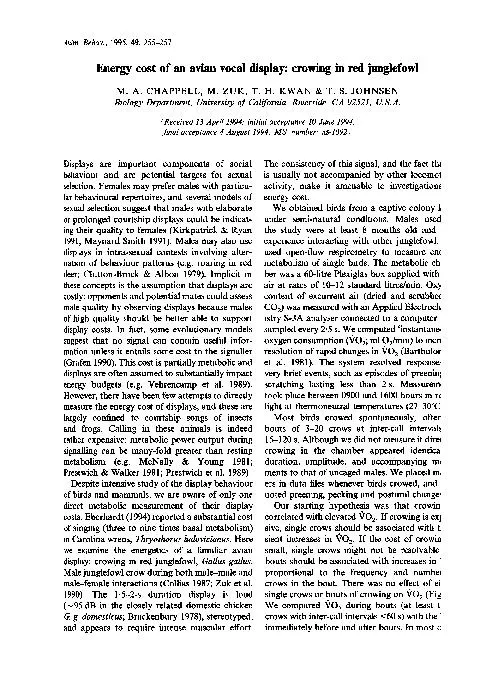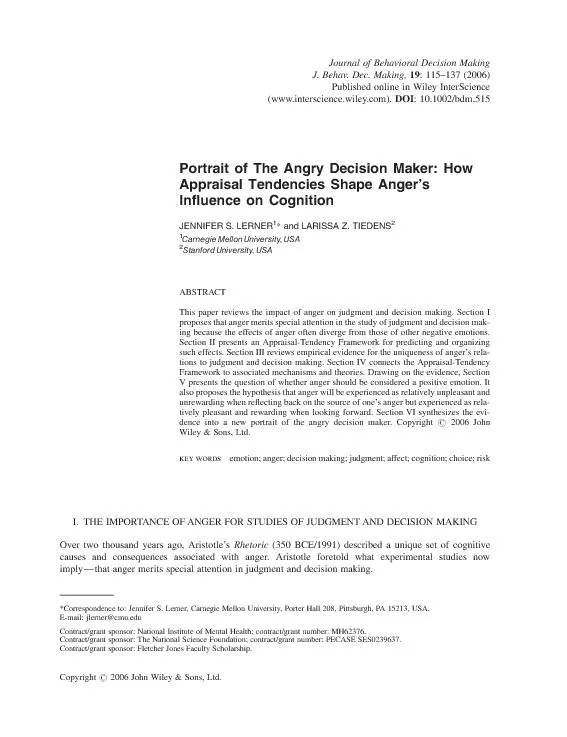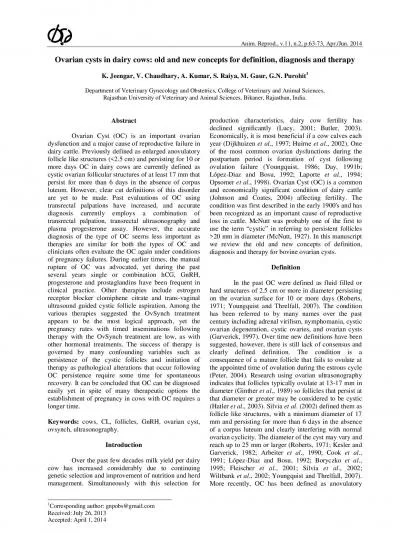PDF-Anim Behav
Author : joanne | Published Date : 2022-08-26
1995 49 95105 Cooperation iu male lions kinship reciprocity or mutualism JON GRINNELL CRAIG PACKER ANNE E PUSEY Department of Ecology Evolution and Behaviour University
Presentation Embed Code
Download Presentation
Download Presentation The PPT/PDF document "Anim Behav" is the property of its rightful owner. Permission is granted to download and print the materials on this website for personal, non-commercial use only, and to display it on your personal computer provided you do not modify the materials and that you retain all copyright notices contained in the materials. By downloading content from our website, you accept the terms of this agreement.
Anim Behav: Transcript
Download Rules Of Document
"Anim Behav"The content belongs to its owner. You may download and print it for personal use, without modification, and keep all copyright notices. By downloading, you agree to these terms.
Related Documents



